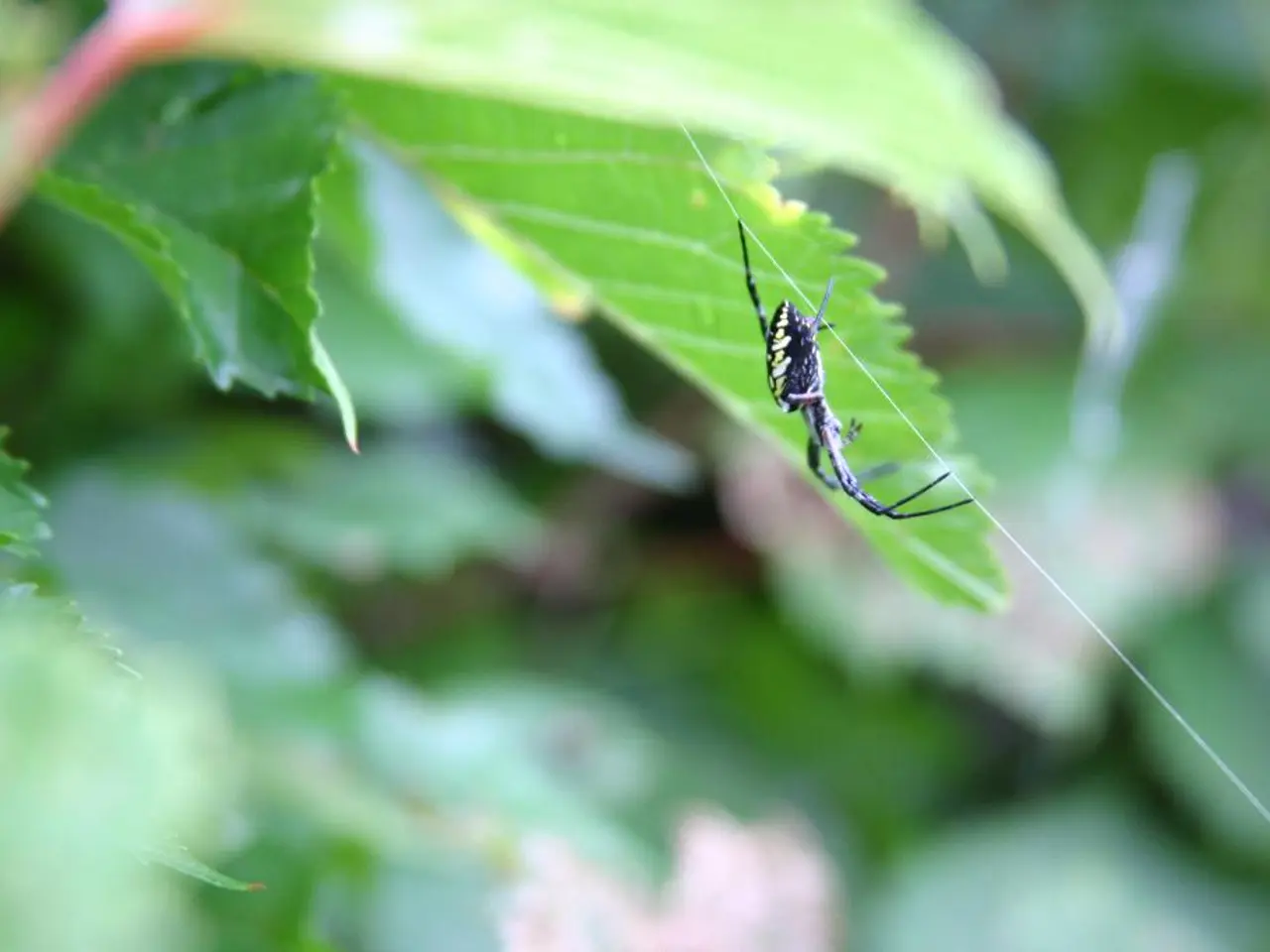The National Park Service needs assistance in locating massive spiders identified by their bold, yellow stripes.
The National Park Service is calling for the public's help in documenting sightings of the Joro spider, an exotic species that has been making its way across the southern United States. Originally from East Asia, the Joro spider was first detected in Georgia around 2013.
Since then, it has been observed in most southern states, with increasing signs in the Great Smoky Mountains National Park, particularly in the Cades Cove area of eastern Tennessee. The last known location tracked by the National Park Service is in the southeastern United States, particularly in parts of Georgia and surrounding states.
Experts at the University of Georgia suggest that the Joro spider's high metabolism rate could enable it to survive in cooler climates. This, combined with its ability to survive brief freezes, suggests that it can exist in a colder climatic region than the Southeast.
The Joro spider is recognizable due to its large, colorful yellow abdomen with blue stripes, black-and-yellow banded legs, and a golden-hued web. It is not harmful to humans but can pose a threat to native spider populations and potentially disrupt local ecosystems.
Increased public involvement may help scientists monitor the Joro spider's expansion more effectively and conduct future studies. The National Park Service aims to use public observations to better understand and manage the spread of the invasive Joro spider.
Photographic evidence of the Joro spider has been provided in this article, courtesy of the National Weather Service (NWS) or a staff member named Caitlin Jones. The photograph was taken in Great Smoky Mountains National Park.
Previous studies have compared the Joro spider to the golden silk spider, which migrated from tropical regions into the Southeast over a century ago but has faced challenges during colder weather. As with the golden silk spider, the exact extent of the Joro spider's presence along the Eastern Seaboard remains unclear.
The National Park Service is seeking the public's help in tracking the expansion of the Joro spider. Visitors are encouraged to assist experts in documenting sightings using the iNaturalist app. Your observations could help protect native species and preserve the balance of our natural ecosystems.
Read also:
- Peptide YY (PYY): Exploring its Role in Appetite Suppression, Intestinal Health, and Cognitive Links
- Toddler Health: Rotavirus Signs, Origins, and Potential Complications
- Digestive issues and heart discomfort: Root causes and associated health conditions
- House Infernos: Deadly Hazards Surpassing the Flames








